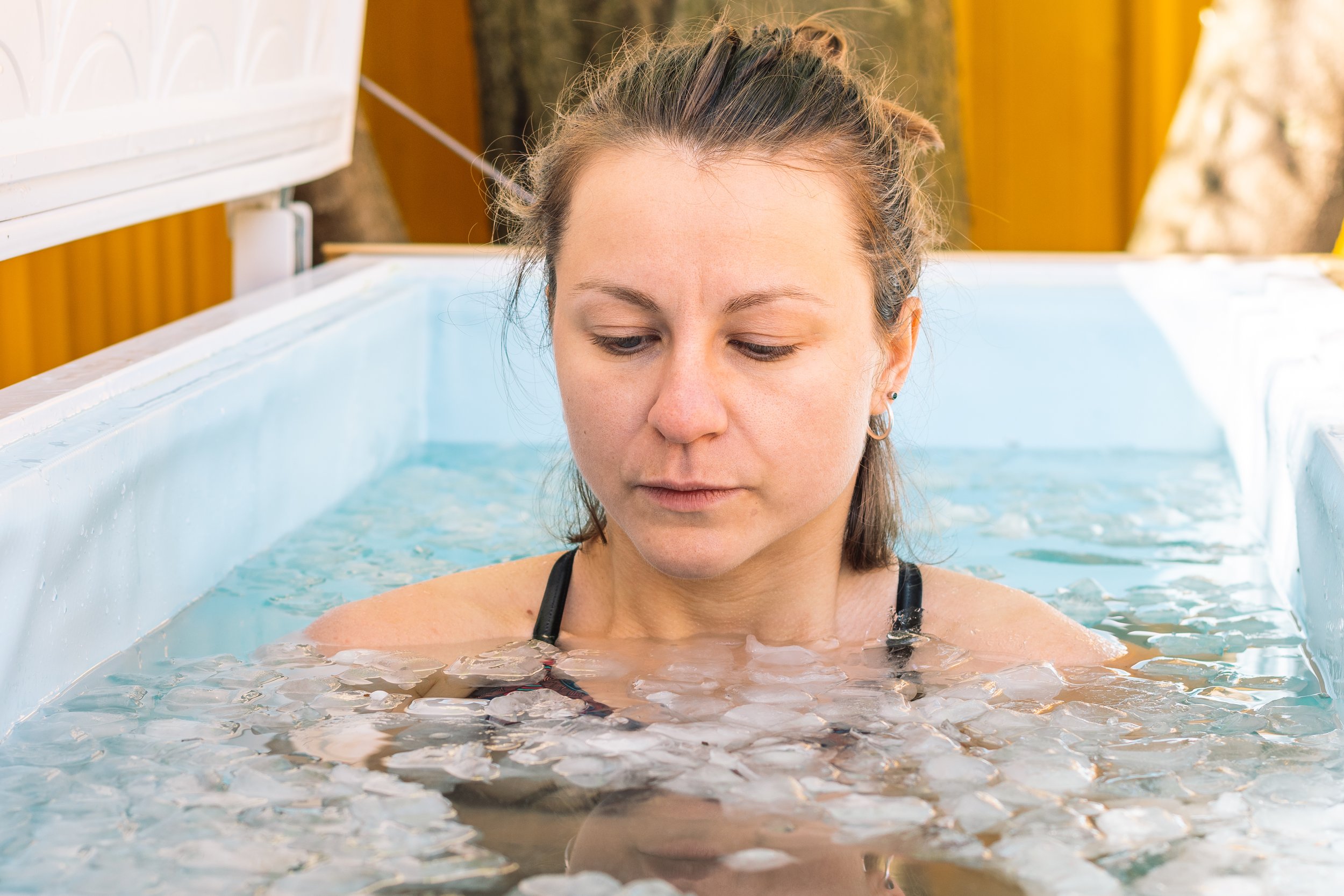Cold Baths for Disc Golf: Unlocking the Benefits and Maximizing Your Recovery
Introduction
The sport of disc golf has been enjoying remarkable growth, and it shows no signs of slowing down. As the sport expands, it's adopting valuable lessons and best practices from other athletic disciplines. One particularly fascinating trend making waves in both pop culture and the disc golf community is cold water immersion, also known as cold plunges. This article will delve into the fundamentals of cold water immersion and explore how you can harness its benefits to elevate your disc golf performance.
Using cold baths for sports has been a long-standing practice among athletes for centuries. Cold water immersion has recently gained significant popularity as a natural and effective recovery method. This article explores the benefits of cold baths for sport and provides practical tips for incorporating them into your routine to enhance performance and recovery.
Why Cold Plunge Therapy
The science behind cold plunge therapy is rooted in the body's response to cold temperatures. When exposed to cold water, the body undergoes a process called vasoconstriction, where blood vessels constrict, and blood flow is redirected to the vital organs. This physiological response has numerous health benefits, which include:
Reducing inflammation and Muscle Soreness
Boosting the immune system
Improved Recovery Time
Enhanced Mental Toughness
These effects contribute to the overall effectiveness of cold plunge therapy in promoting physical and mental well-being.
Link to Journal Article:
Reduced Inflammation and Muscle Soreness
One of the primary benefits of cold baths for sport is their ability to reduce inflammation and muscle soreness. Cold water exposure constricts blood vessels, which reduces blood flow and metabolic activity. This, in turn, helps minimize the inflammatory response and alleviate muscle soreness following intense workouts or competitions.
Enhanced Immune System
Regular cold plunge sessions can boost your immune system by increasing the production of white blood cells. This strengthens the body's defense mechanisms against infections and diseases.
Improved Recovery Time
Cold baths for sports can also lead to improved recovery time. By reducing inflammation and muscle soreness, athletes can return to their training schedule faster and with less discomfort. Furthermore, the increased circulation that occurs after a cold bath can help flush out metabolic waste, which further aids in the recovery process.
Enhanced Mental Toughness
Another key advantage of incorporating cold baths into your athletic routine is the development of mental toughness. The discomfort experienced during cold water immersion can help athletes build resilience, focus, and determination, translating to improved performance in high-pressure situations.
How to Implement Cold Baths for Sport
Link to Journal Article:
https://link.springer.com/article/10.1007/s40279-015-0431-7
To maximize the benefits of cold baths for sport, follow these guidelines:
Timing: The optimal time to engage in a cold bath is within 30 minutes of completing your workout or competition. This ensures that the body is still recovering and can benefit most from the cold water exposure.
Determining the Perfect Duration for Cold Plunge Sessions
The ideal duration for a cold plunge session varies depending on your experience, personal preferences, and the water temperature. Generally, it's best to start with shorter sessions and gradually increase the duration as you become more comfortable with the process. Here are some guidelines to help you determine the perfect duration for your cold plunge sessions:
Beginners
If you're new to cold plunge therapy, start with sessions lasting 2 to 3 minutes. This will allow your body to acclimate to the cold water without causing excessive discomfort or strain.
Intermediate
As your body becomes more accustomed to cold water immersion, you can increase the duration of your sessions to 5 to 10 minutes. This will provide more significant therapeutic benefits without overexerting your body.
Advanced
For experienced cold plunge enthusiasts, 15 to 20 minutes sessions can offer optimal benefits. However, it's essential to listen to your body and never push yourself beyond your comfort level.
Temperature: The ideal temperature for a cold bath is between 50-59°F (10-15°C). Not making the water too cold is crucial, as this can lead to hypothermia or other health risks. Conversely, water that is not cold enough will not provide the desired benefits.
Everyone's tolerance to cold water is different, so experiment with various temperatures within the recommended range to find the most comfortable and effective setting for you. Start with a higher temperature and gradually lower it as your body acclimates to the cold.
Frequency: Athletes should adjust the frequency of cold baths based on their training schedule and individual needs. Generally, 2-3 times per week is sufficient for most athletes, but those participating in high-intensity training or competitions may require more frequent sessions.
How to Incorporate Cold Plunge into Your Wellness Routine
Integrating cold plunge therapy into your wellness routine is simple and can be done in various ways. Here are some suggestions for incorporating cold plunge sessions into your daily life:
Post-Exercise Recovery
Use cold plunge therapy as a post-workout or post-competition recovery tool by immersing yourself in cold water immediately after. This can help reduce inflammation, alleviate muscle soreness, and speed up recovery.
Morning Routine
Start your day with a refreshing cold plunge to energize your body and awaken your senses. This invigorating practice can help improve your focus and productivity throughout the day.
Evening Relaxation
Incorporate cold plunge therapy into your evening routine to promote relaxation and improve sleep quality. The cold water can help ease tension and stress, setting the stage for a restful night's sleep.
Additional Tips for Maximizing the Benefits of Cold Baths
Warm up after: To accelerate recovery, engage in a gentle warm-up or light stretching exercises after your cold bath. This will help restore blood flow and promote muscle relaxation.
Stay hydrated: Ensure you are properly hydrated before, during, and after your cold bath. Adequate hydration is crucial for optimal recovery and performance.
Combine with other recovery methods: While cold baths are an excellent recovery tool, consider incorporating additional techniques such as foam rolling, massage, or compression garments to enhance the recovery process further.
Conclusion
Cold plunge therapy is a powerful wellness tool that offers many physical and mental health benefits. You can maximize the therapeutic effects of cold water immersion by achieving the optimal temperature and duration for your sessions. Incorporating cold baths for sport into your athletic routine can offer numerous benefits.

